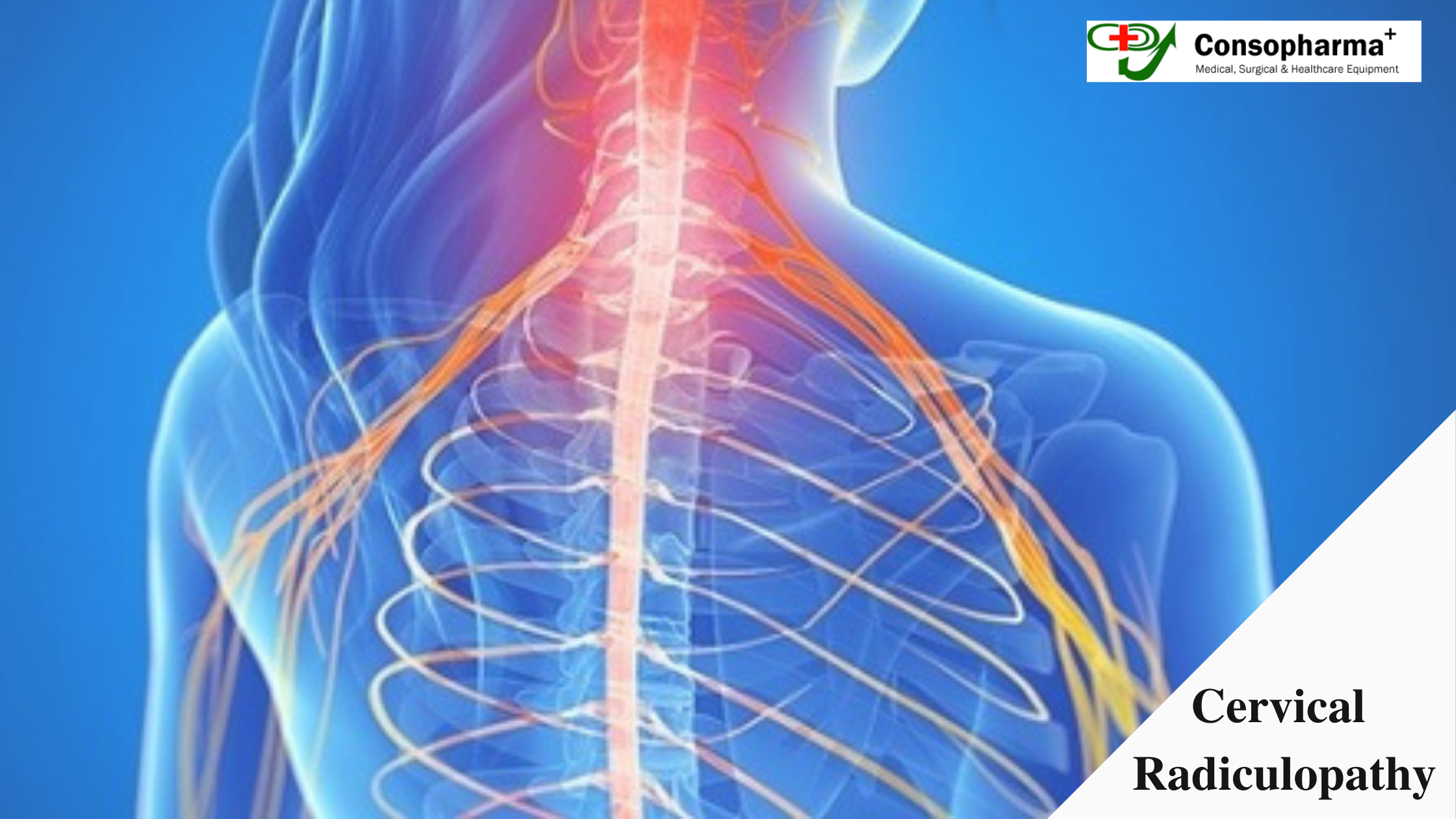4 Uses of locking plates in Orthopaedic Surgery

The orthopedic locking plates have become an integral part of orthopedic and traumatology surgeon’s arsenal. They are widely used in osteosynthesis techniques. These revolutionary tools act as an external fixator without undergoing the risk of sepsis. Before the advent of locking plates, surgeons used locking screws for fixating a compound fracture, where there were higher chances of infection.
There are two types of locking plates current available from the orthopedic locking plate suppliers-fixed-angle and variable-angle locking plates. The first type does not offer any freedom of movement. The variable-angle plates allow a specific angle of clearance within the range of 1-15° This shift from the nails to the plate is a remarkable change in the field of Orthopedics. Today there is a vast demand for bone locking screw suppliers for the constant supply of these plates in different hospitals and medical colleges. Continue reading to know more about the advantages of using the locking plates in orthopedic procedures.
1. No Requirement of Intimate Contact with the Underlying Bones
The conventional screw which previously used in providing stability to the fracture segments had to undergo precise adaptation with the underlying bone. This thing is no longer a criterion in case of locking plates. Here, there is no intimate contact between the locking plate and the underlying bones in all the areas, so after the tightening of the plate, it does not compress the bone to the plate. There is a better chance of the success in the fixation of compound fracture when the doctor uses locking plates instead of a screw.
2. No Disruption of Underlying Cortical Bone
The second advantage of using the locking plate system is, they do not cause much disruption in the underlying cortical bone perfusion.
3. No Chances of Screw Loosening from Plate
Another significant advantage of using the locking plate is there is little chance of the screw loosening from the plate, even if the doctor inserts them in the fracture gap. It also remains true when the doctor uses a bone graft for treating the fracture.
4. Stable Fixation
The locking plates provide a more stable fixation than the conventional screws. There are fewer reports of inflammatory response or formation of infection on the underlying bone.
So, these were, in brief, the different advantages of using orthopedic locking plate for the fixation of the compound fracture. The modern orthopedic surgeons now largely depend on them for treating complex cases of osteosynthesis, which may even require the use of bone graft.




